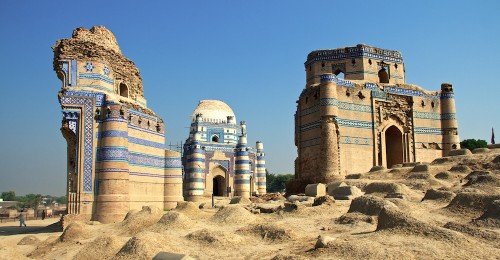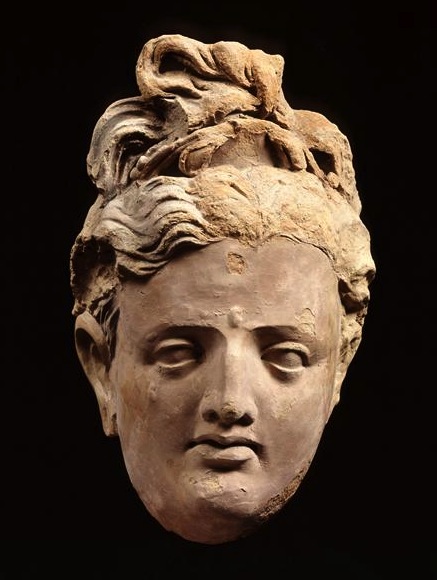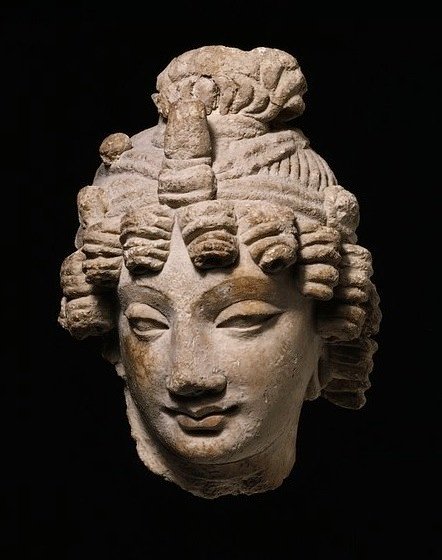This is a Pakistani novel from 1979, set during Bangladesh’s war of independence from Pakistan, but with lots of flashbacks — to a pre-Partition life in India, to Partition and the migration to Pakistan — and dreams going further back still, to India’s First War of Independence.*

The earliest scenes of pre-Partition India are seen, through a child’s eyes, as idyllically multicultural, which makes Partition a sort of fall from grace. Partially that’s just the contrast between the innocence of the child and the cynicism of the adult; but there is a sense reading the book of a great deal of political and ideological energy being expended and great changes being achieved, and none of it making life appreciably better.
Politics aside, it’s just a very well-written novel (hat-tip to Frances W. Pritchett for the translation). As well as the flashbacks, parts of it are in the form of letters, diary entries and dreams. The result is atmospheric and impressionistic, and occasionally confusing, especially for those of us who don’t have the cultural context. But it has a very strong sense of place, a great eye for detail, well-drawn characters and natural-sounding dialogue.
This is the second book from Pakistan I’ve read for the Read The World challenge; I felt I ought to be able to do better than the last one (Kartography by Kamila Shamsie), which was fine but nothing special. Basti is a definite improvement.
*i.e. the Indian Mutiny/Rebellion/Revolt of 1857.
» The photo of the Tomb of Bibi Jawindi is from Wikipedia; it’s by Shah zaman baloch and used under a CC by-sa licence.


